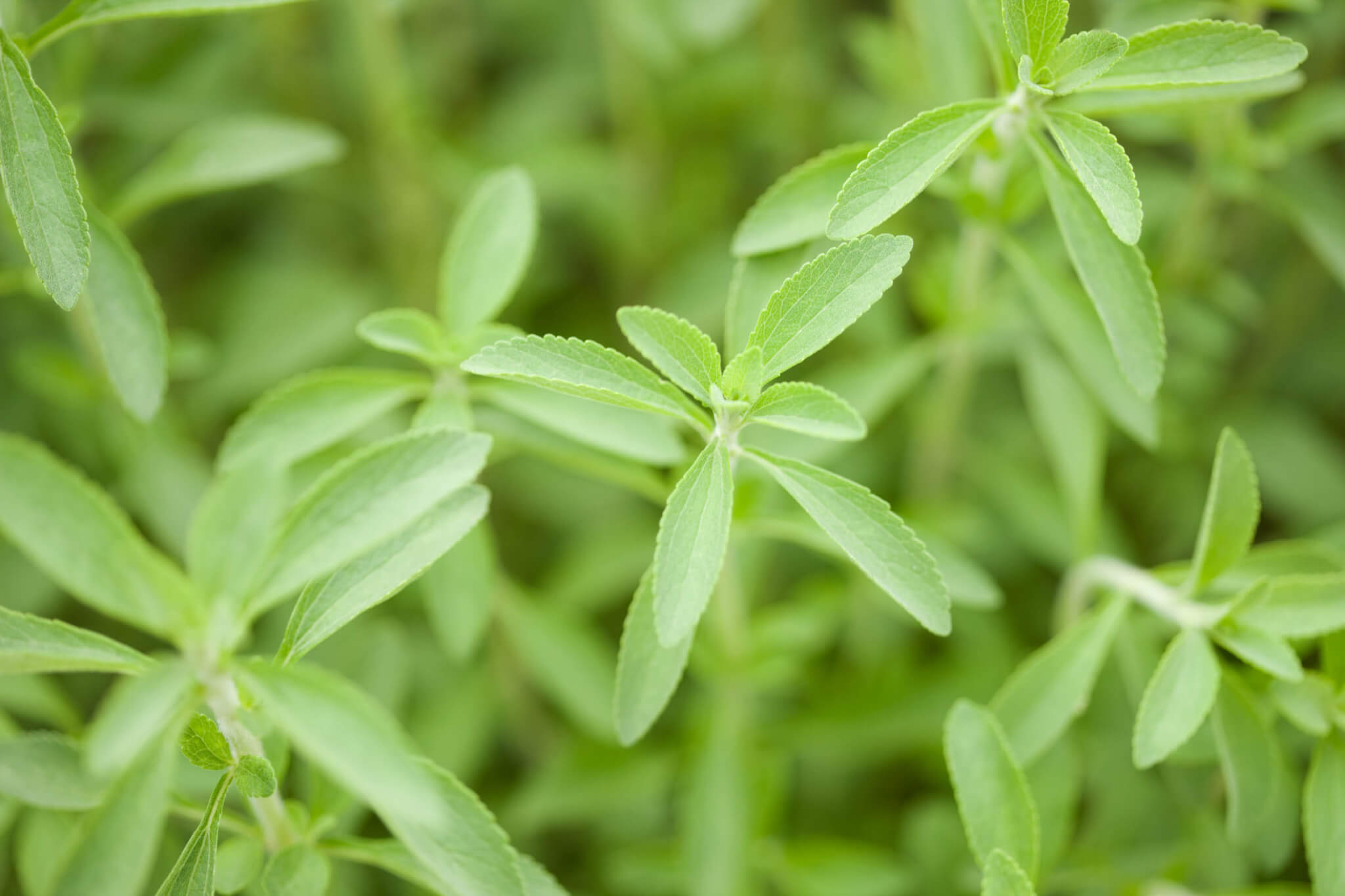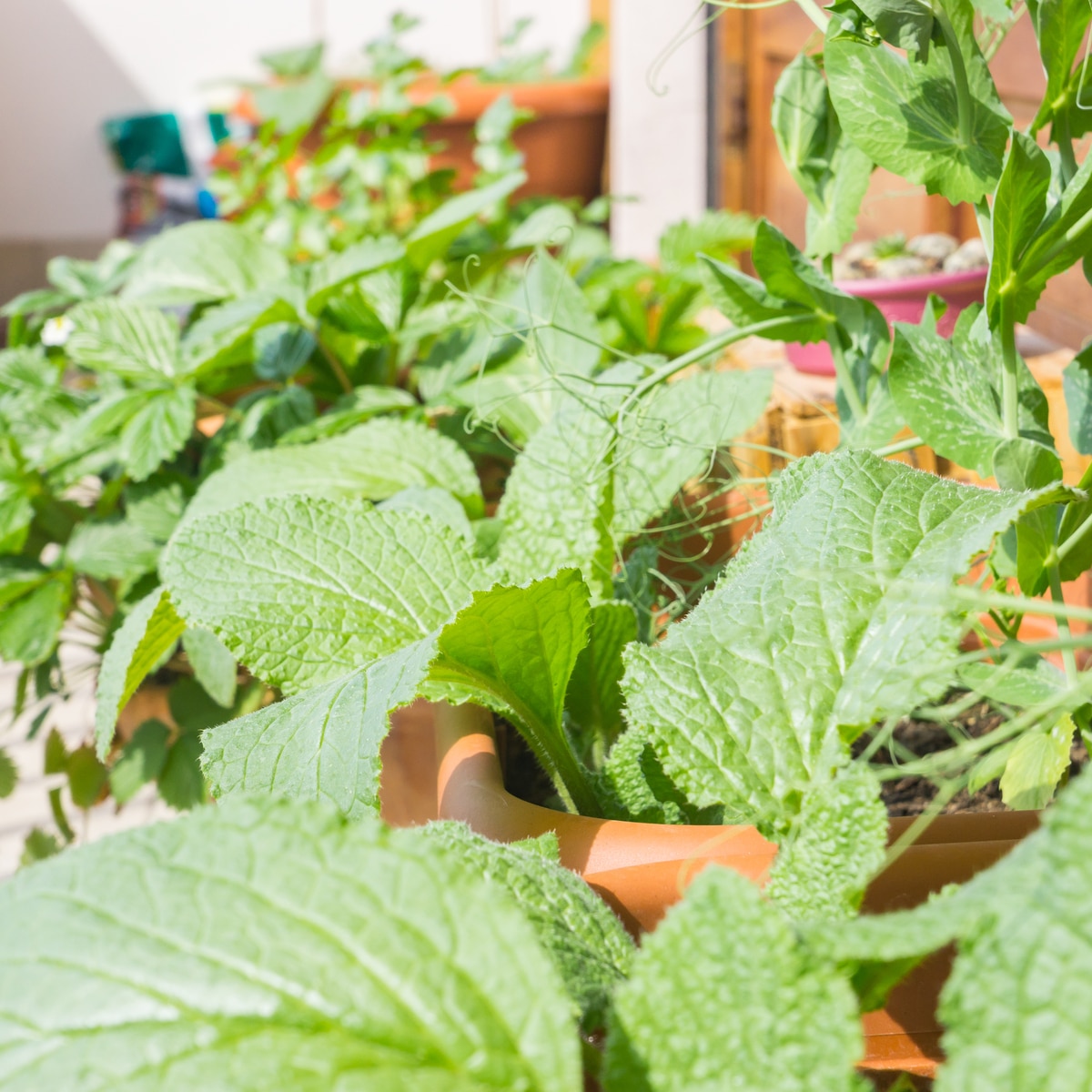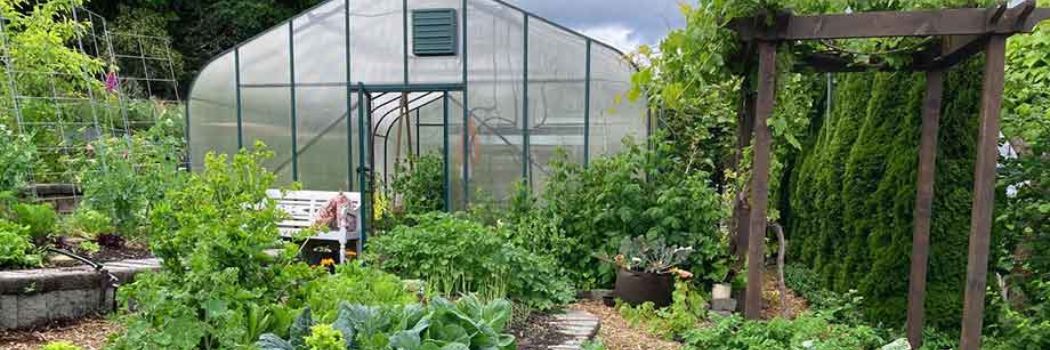Amazing Companion Plants For Stevia
Amazing Companion Plants for Stevia
Stevia is a natural sweetener that is gaining popularity as a healthier alternative to sugar. It is also a beautiful plant that can add a touch of elegance to any garden. If you are growing stevia, you may be wondering which companion plants will help it thrive.
In this blog post, we will discuss some of the best companion plants for stevia. We will also cover the benefits of companion planting and how to choose the right plants for your garden.
What is Companion Planting?
Companion planting is a gardening technique that involves planting certain plants together to benefit each other. Some plants attract beneficial insects, while others repel pests. Some plants help to improve the soil quality, while others provide shade or support.
There are many benefits to companion planting. It can help to improve the health and productivity of your plants, reduce the need for pesticides, and attract beneficial wildlife to your garden.
Benefits of Companion Planting with Stevia
Stevia is a relatively easy plant to grow, but it can benefit from companion planting. Some of the benefits of companion planting with stevia include:
- Improved pollination: Some companion plants, such as marigolds and nasturtiums, attract beneficial insects that help to pollinate stevia plants.
- Reduced pest pressure: Other companion plants, such as chives and garlic, repel pests that can damage stevia plants.
- Improved soil quality: Some companion plants, such as beans and peas, help to improve the soil quality around stevia plants.
- Increased yields: Companion planting can help to increase the yields of stevia plants.
Choosing Companion Plants for Stevia
When choosing companion plants for stevia, it is important to consider the needs of both plants. Stevia plants need full sun and well-drained soil. They also prefer slightly acidic soil, with a pH of 6.0 to 6.8.
Some good companion plants for stevia include:
- Basil: Basil is a fragrant herb that repels pests such as mosquitoes, flies, and aphids. It also helps to improve the flavor of stevia leaves.
- Marigolds: Marigolds are another fragrant herb that repels pests. They also help to improve the drainage around stevia plants.
- Chives: Chives are a hardy herb that can help to improve the soil quality around stevia plants. They also help to repel pests such as aphids and spider mites.
- Garlic: Garlic is a strong-scented herb that repels pests such as deer, rabbits, and rodents. It also helps to improve the flavor of stevia leaves.
- Nasturtiums: Nasturtiums are a beautiful flowering plant that attracts beneficial insects such as ladybugs and lacewings. These insects help to control pests that can damage stevia plants.
Conclusion
Companion planting is a great way to improve the health and productivity of your stevia plants. By choosing the right companion plants, you can help to reduce pest pressure, improve pollination, and increase yields.
If you are new to companion planting, there are many resources available to help you get started. You can find books, articles, and websites that provide information on which plants are compatible with each other. You can also ask your local nursery or garden center for recommendations.
With a little planning, you can create a beautiful and productive garden that is full of healthy stevia plants.
FAQ of stevia companion plants
What are stevia companion plants?
Stevia companion plants are plants that can be grown alongside stevia to benefit both plants. Some of the most common stevia companion plants include:
- Thyme: Thyme is a herb that repels pests, such as aphids and whiteflies, that can damage stevia plants.
- Marjoram: Marjoram is another herb that repels pests. It also helps to improve the flavor of stevia leaves.
- Rhubarb: Rhubarb is a vegetable that helps to deter nematodes, which are microscopic worms that can damage stevia roots.
- Marigolds: Marigolds are flowers that attract beneficial insects, such as ladybugs and lacewings, which help to control pests.
- Sweet woodruff: Sweet woodruff is a herb that helps to improve the soil drainage around stevia plants. This helps to prevent root rot, a common problem for stevia plants.
What are the benefits of planting stevia companion plants?
There are several benefits to planting stevia companion plants. These plants can help to:
- Attract beneficial insects: Beneficial insects, such as ladybugs and lacewings, help to control pests that can damage stevia plants.
- Repel pests: Some companion plants, such as thyme and marjoram, can repel pests that can damage stevia plants.
- Improve soil drainage: Companion plants, such as sweet woodruff, can help to improve soil drainage around stevia plants. This helps to prevent root rot, a common problem for stevia plants.
- Improve flavor: Some companion plants, such as marjoram, can help to improve the flavor of stevia leaves.
- Provide nutrients: Some companion plants, such as rhubarb, can provide nutrients that stevia plants need.
How far apart should stevia companion plants be planted?
The distance that stevia companion plants should be planted apart depends on the size of the plants. In general, stevia plants should be spaced 18 inches apart. Companion plants that are smaller than stevia plants, such as marigolds, can be planted closer together.
What are some of the most common problems with stevia companion planting?
Some of the most common problems with stevia companion planting include:
- Competition for water and nutrients: If companion plants are too close together, they may compete with each other for water and nutrients. This can lead to poor growth and even death of the plants.
- Disease transmission: Some companion plants can transmit diseases to stevia plants. If you are unsure whether a particular plant is safe to plant with stevia, it is best to err on the side of caution and avoid planting them together.
- Allelopathy: Some plants release chemicals that can suppress the growth of other plants. If you are planting stevia with other plants, it is important to research whether any of the plants release allelopathic chemicals.
How can I avoid problems with stevia companion planting?
To avoid problems with stevia companion planting, it is important to:
- Choose companion plants that have similar water and nutrient requirements.
- Plant companion plants at a distance that allows each plant to have enough space to grow.
- Research whether any of the companion plants you are considering planting release allelopathic chemicals.
- Monitor your plants closely for signs of problems.
Image of stevia companion plants
- Basil: Basil is a fragrant herb that can help repel pests from stevia plants. It also attracts pollinators, which can help stevia plants to produce more flowers and leaves.

- Cucumbers: Cucumbers and stevia are both heat-loving plants that can be grown together in the same garden. Cucumbers can help to shade stevia plants from the hot sun, while stevia can help to deter cucumber beetles.

- Marigolds: Marigolds are another herb that can help to repel pests from stevia plants. They also add a splash of color to the garden.
- Peas: Peas are a nitrogen-fixing plant that can help to improve the soil for stevia plants. They also provide shade for stevia plants during the hot summer months.

- Tomatillos: Tomatillos are a relative of tomatoes that can be grown alongside stevia plants. They attract pollinators and help to deter pests.

Post a Comment for " Amazing Companion Plants For Stevia"